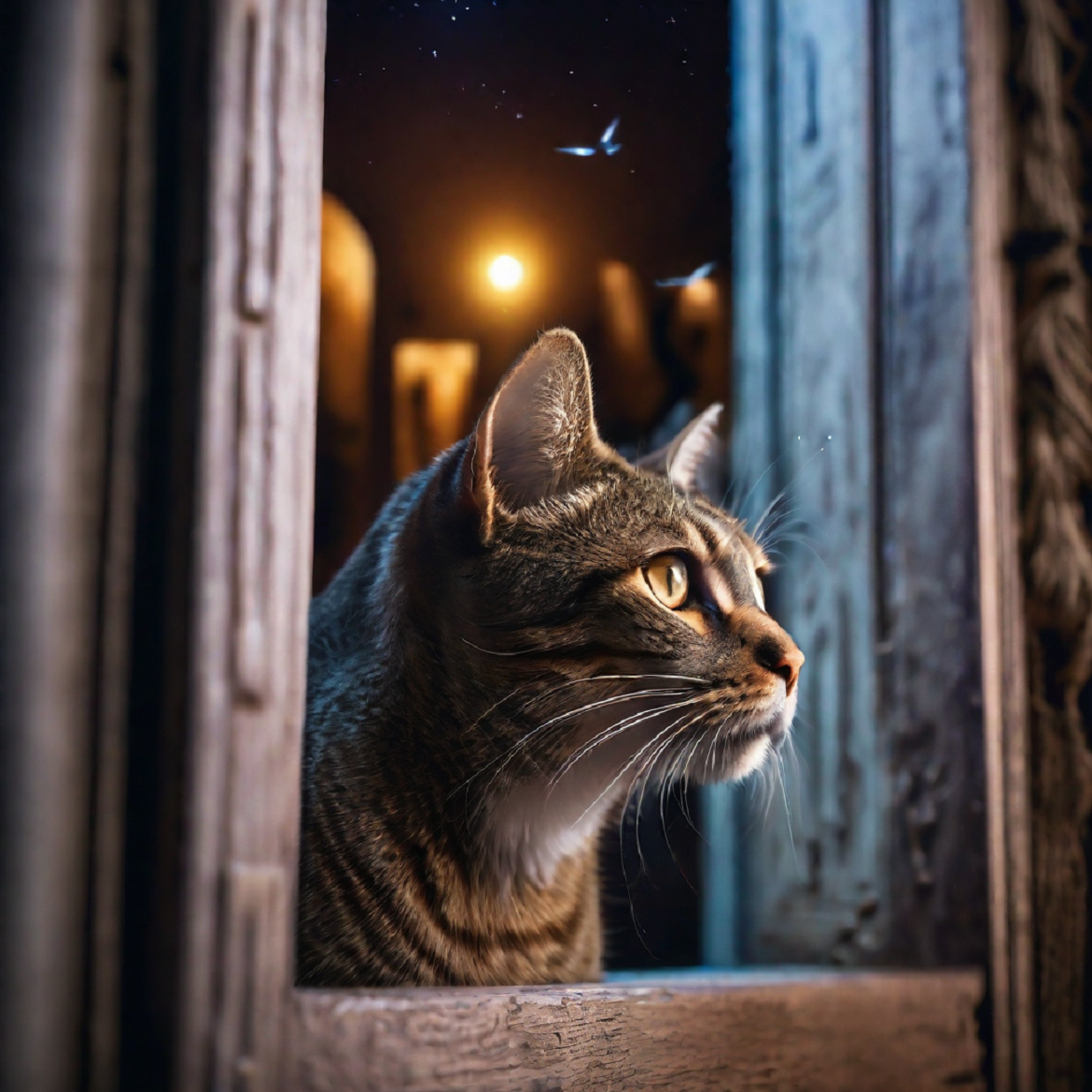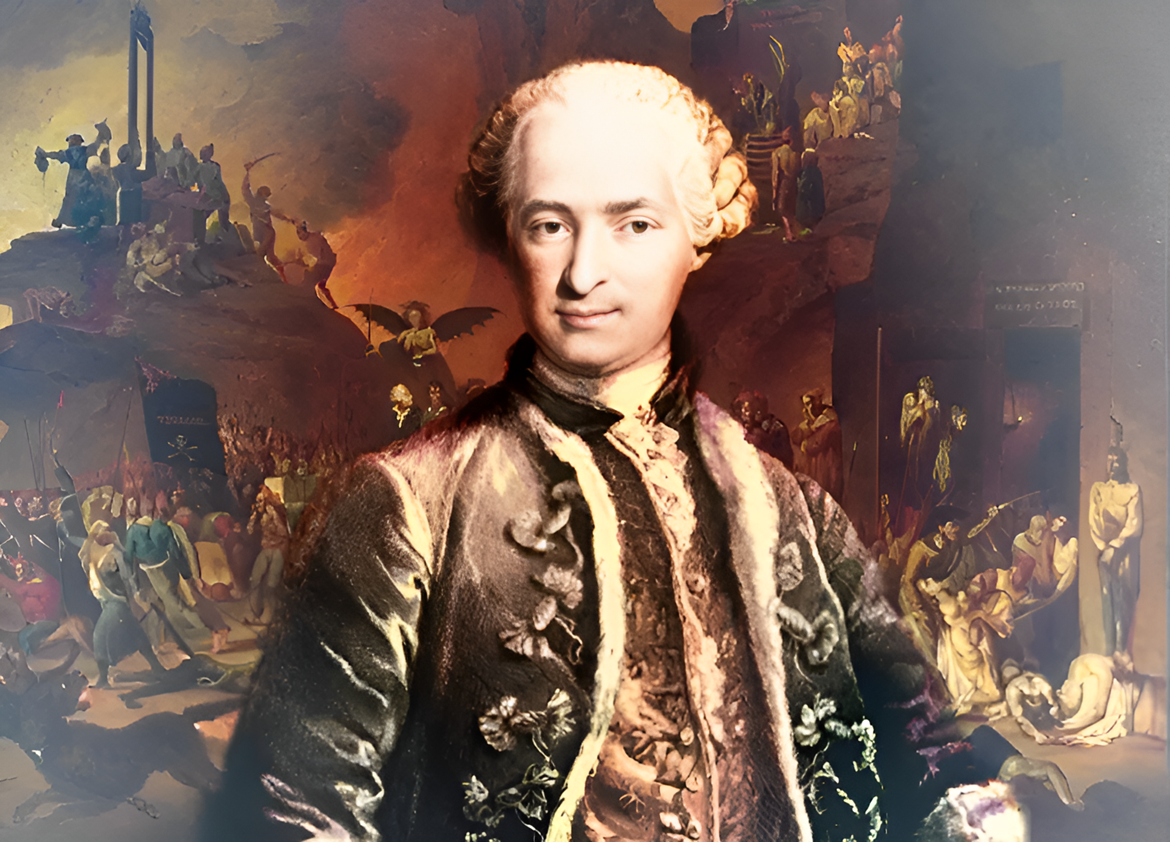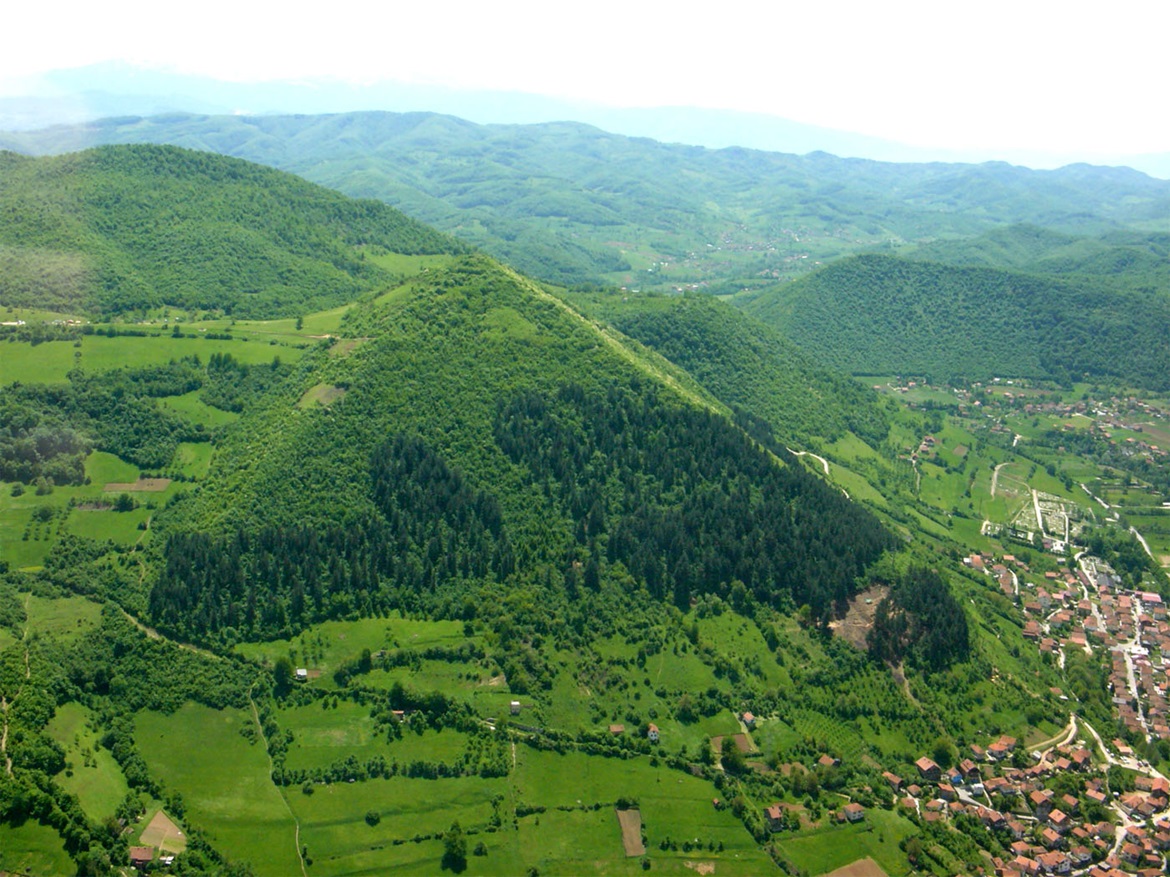For many people, cats are cherished companions and part of the family. They provide comfort, companionship, and endless entertainment. But have you ever wondered what might happen if you were to pass away and no one discovered your absence for weeks? Would your beloved feline friends resort to the unthinkable and devour your remains? In this article, we will look into this intriguing question, shedding light on the behavior of cats and their relationship with their human counterparts.
Understanding Feline Behavior
To comprehend whether cats would resort to consuming their deceased owners, we must first examine their natural instincts and behaviors. Cats are obligate carnivores, meaning their diet primarily consists of meat. They possess sharp teeth and claws that are designed for hunting small prey in the wild, such as birds and rodents. However, domesticated cats have become reliant on humans for sustenance and are typically provided with commercially available cat food.
Cats and Their Bond with Humans
Cats form strong bonds with their human caregivers, often displaying affectionate behaviors such as purring, kneading, and rubbing against their owners. These actions signify trust, companionship, and a sense of security. Cats rely on their owners for food, shelter, and emotional support, which strengthens their bond over time.
The Role of Smell and Perception
When a person passes away, their body goes through a process called decomposition. During this process, the body releases various chemical compounds, resulting in a distinct odor. Cats have an acute sense of smell, and they can detect odors that are imperceptible to humans. It is conceivable that cats may detect the scent of decomposition and be aware that something has changed.
Cats as Opportunistic Eaters
While cats are carnivorous, they are also opportunistic eaters. This means that if presented with the opportunity, they may consume food that is readily available, including the remains of a deceased owner. However, it is important to note that cats are not scavengers by nature. Unlike some other animals, cats do not possess the same instinctual drive to consume a dead body. Their natural hunting behavior is focused on capturing live prey.
The Unpredictability of Individual Cats
Just as humans have unique personalities, so do cats. Each cat possesses its own temperament, preferences, and behaviors. Some cats may exhibit more predatory tendencies, while others may be more docile and reliant on their human caregivers. It is challenging to predict with certainty how an individual cat would behave in the absence of its owner for an extended period.
The Importance of Timely Discovery
In the scenario where a cat owner passes away and goes unnoticed for weeks, the outcome may vary depending on several factors. If the cats still have access to food and water, their survival instincts will likely ensure their well-being until someone discovers the situation. However, without proper care and attention, their health may deteriorate over time.
Conclusion
While the idea of cats devouring their deceased owners may seem like the stuff of horror movies or urban legends, the reality is more nuanced. If faced with starvation, cats may consume their deceased owners’ remains as a last resort. However, this behavior is not inherent to all cats, and their natural instincts primarily drive them to hunt live prey. The bond between cats and their owners is built on trust, love, and companionship, making it unlikely for cats to resort to such extreme measures unless driven by dire circumstances. In the end, it is crucial to remember that responsible pet ownership includes making arrangements for the care of our beloved pets in the event of our passing. By ensuring that a support network is in place to care for our feline companions, we can provide them with the love and attention they deserve, even if we are no longer there to do so ourselves.




